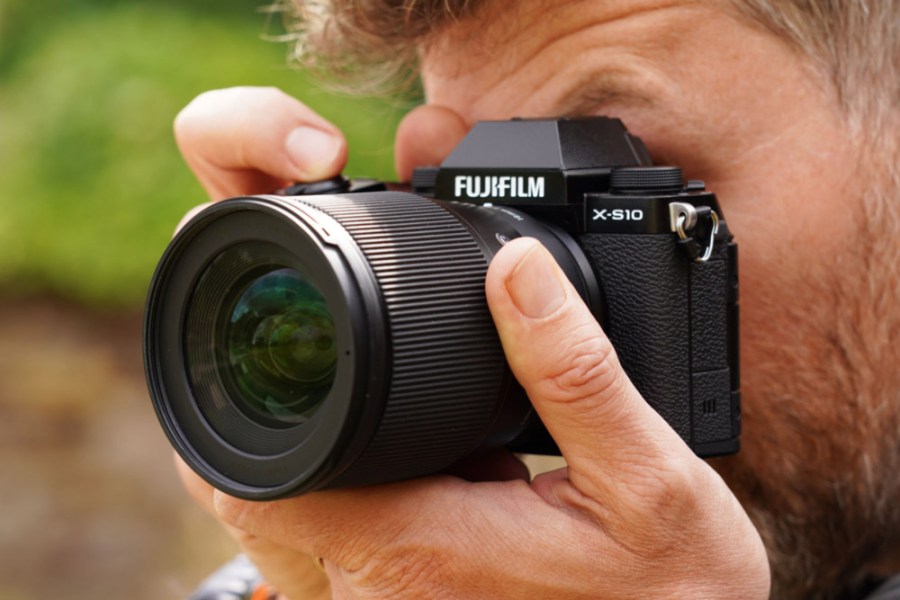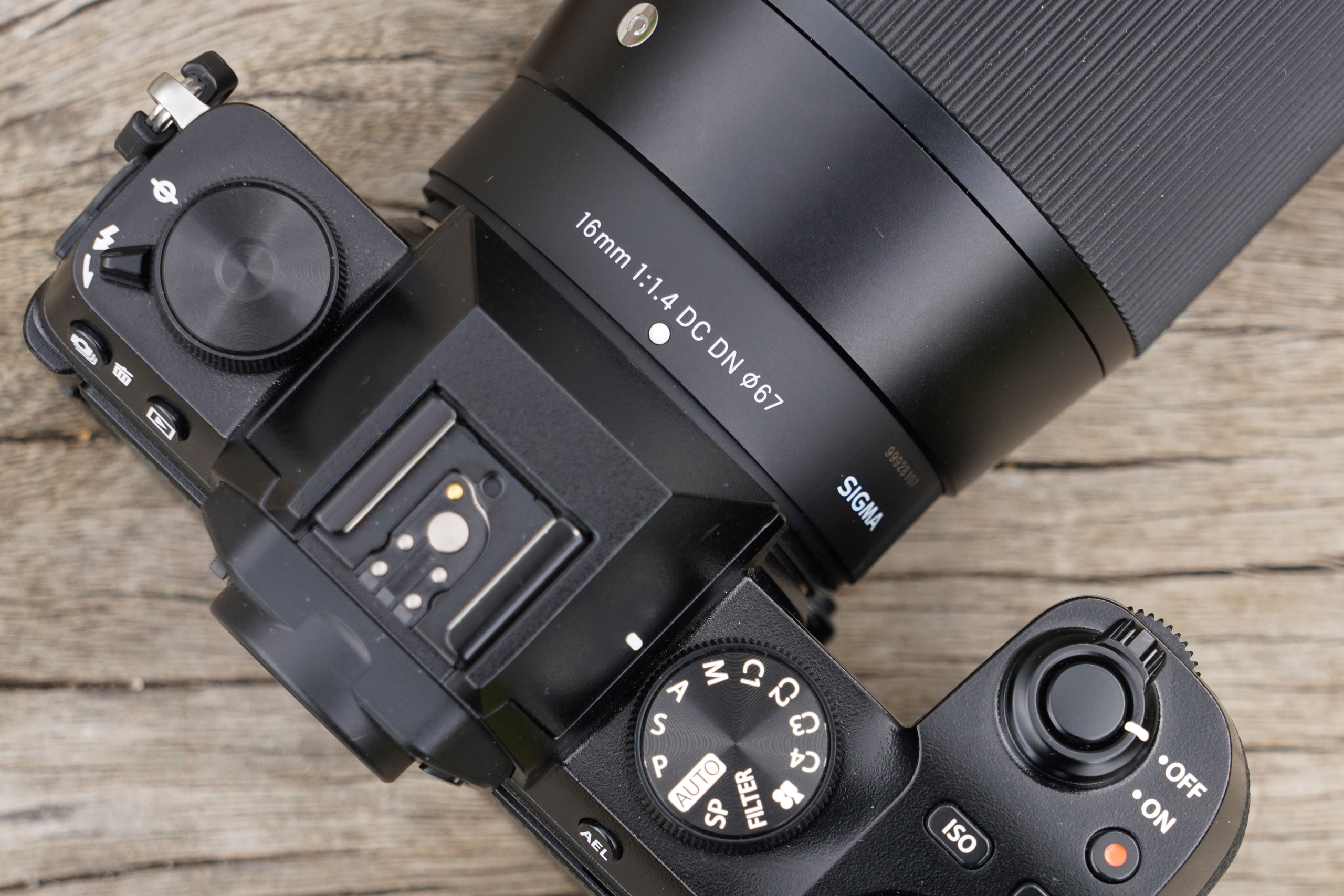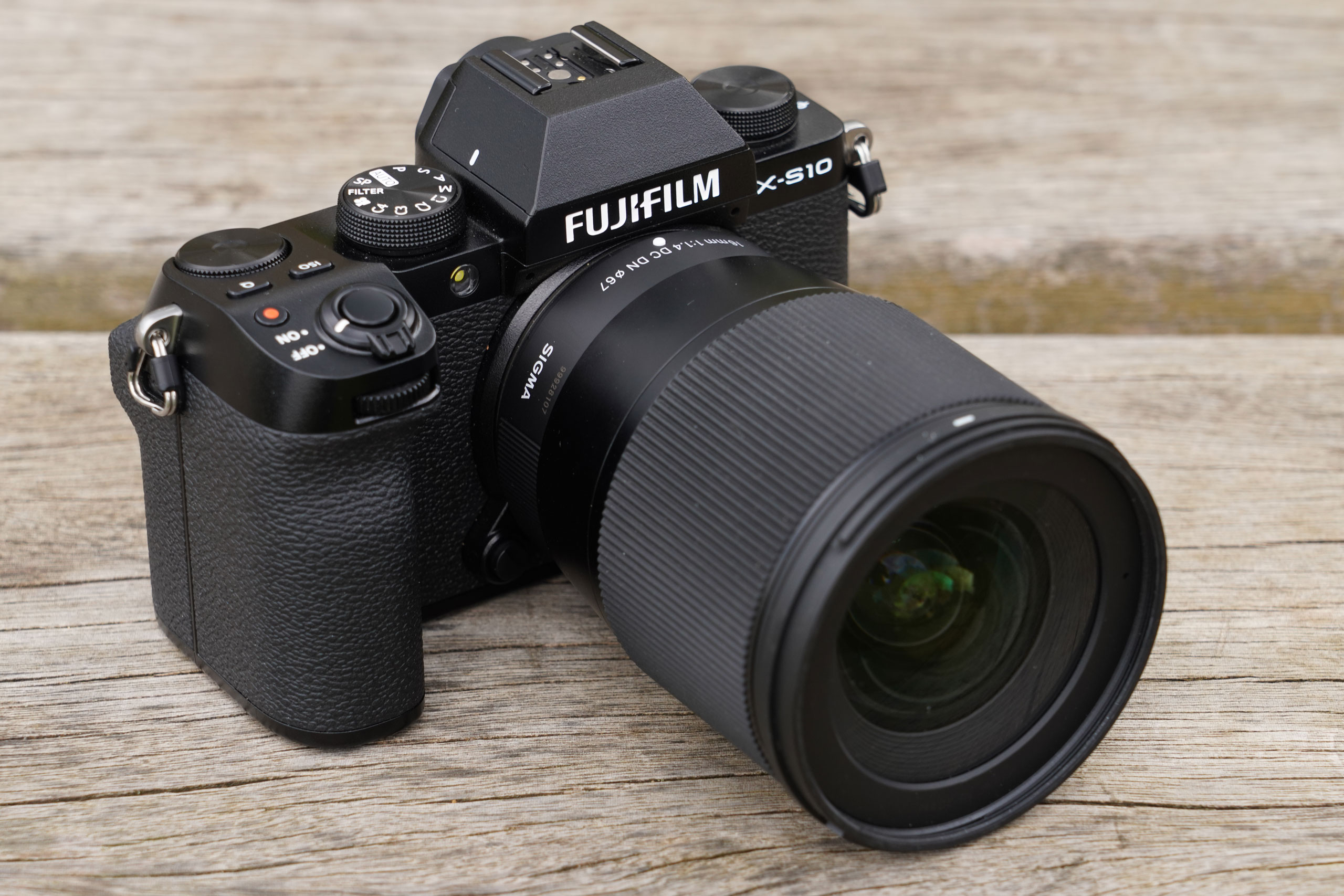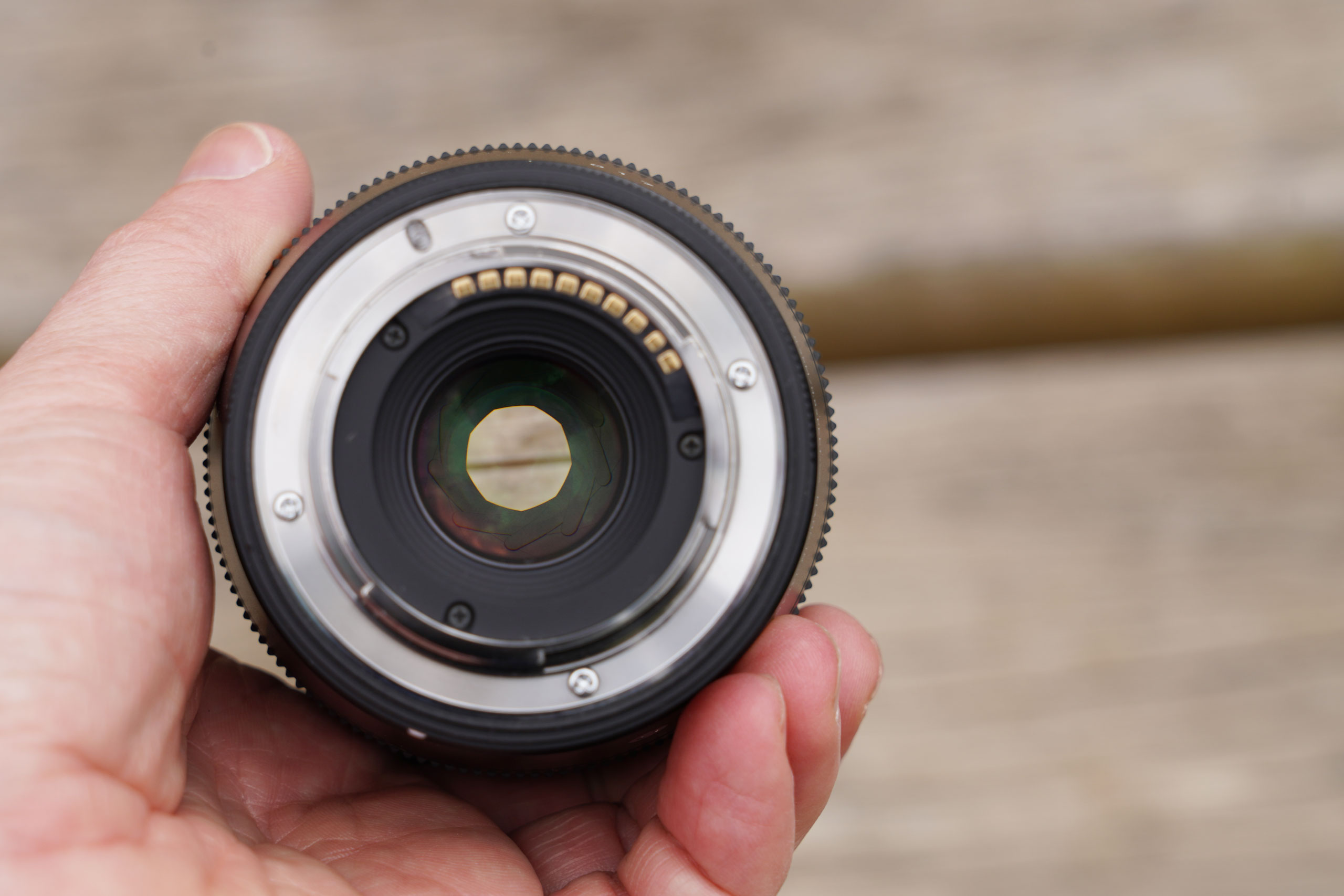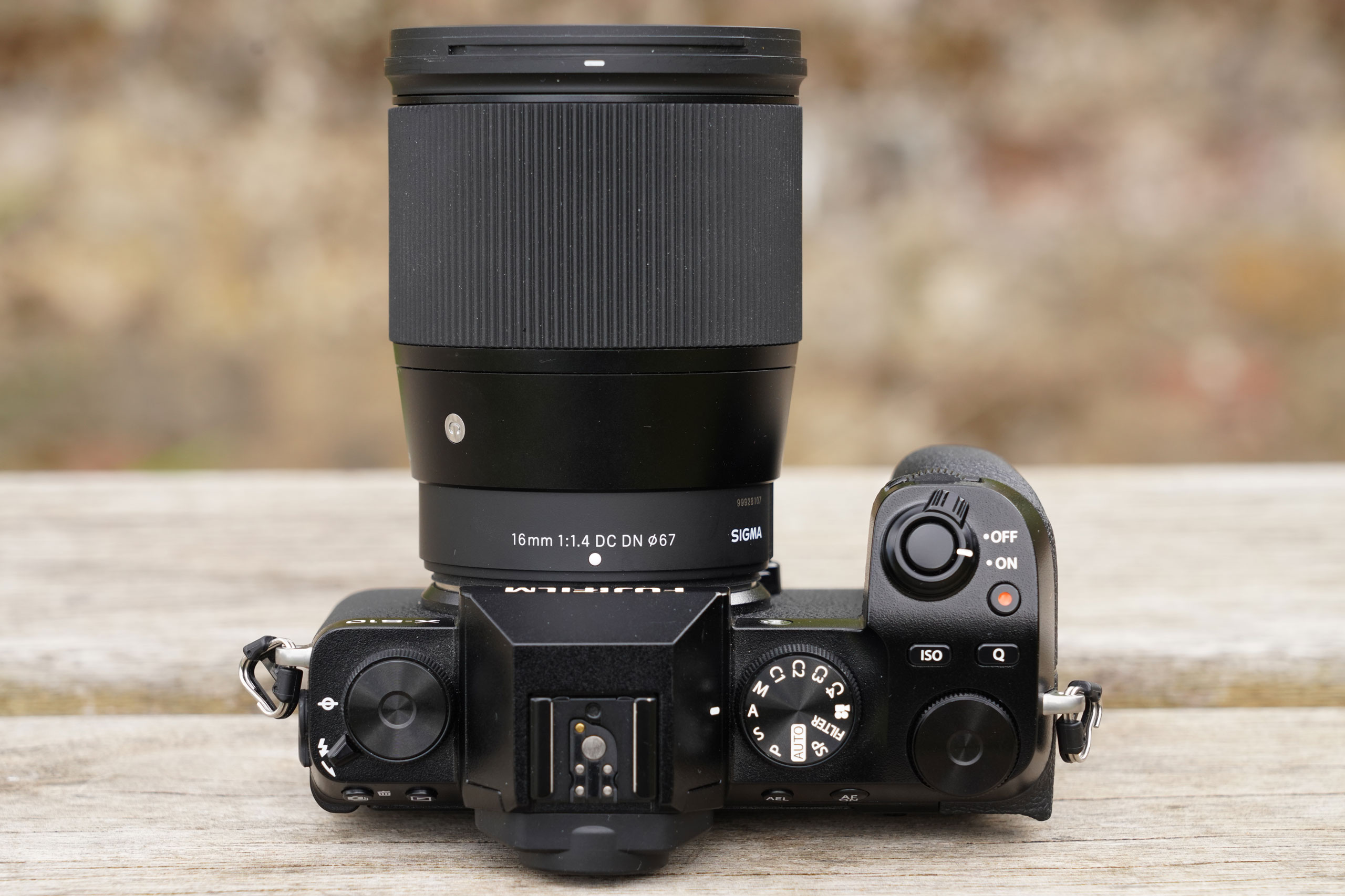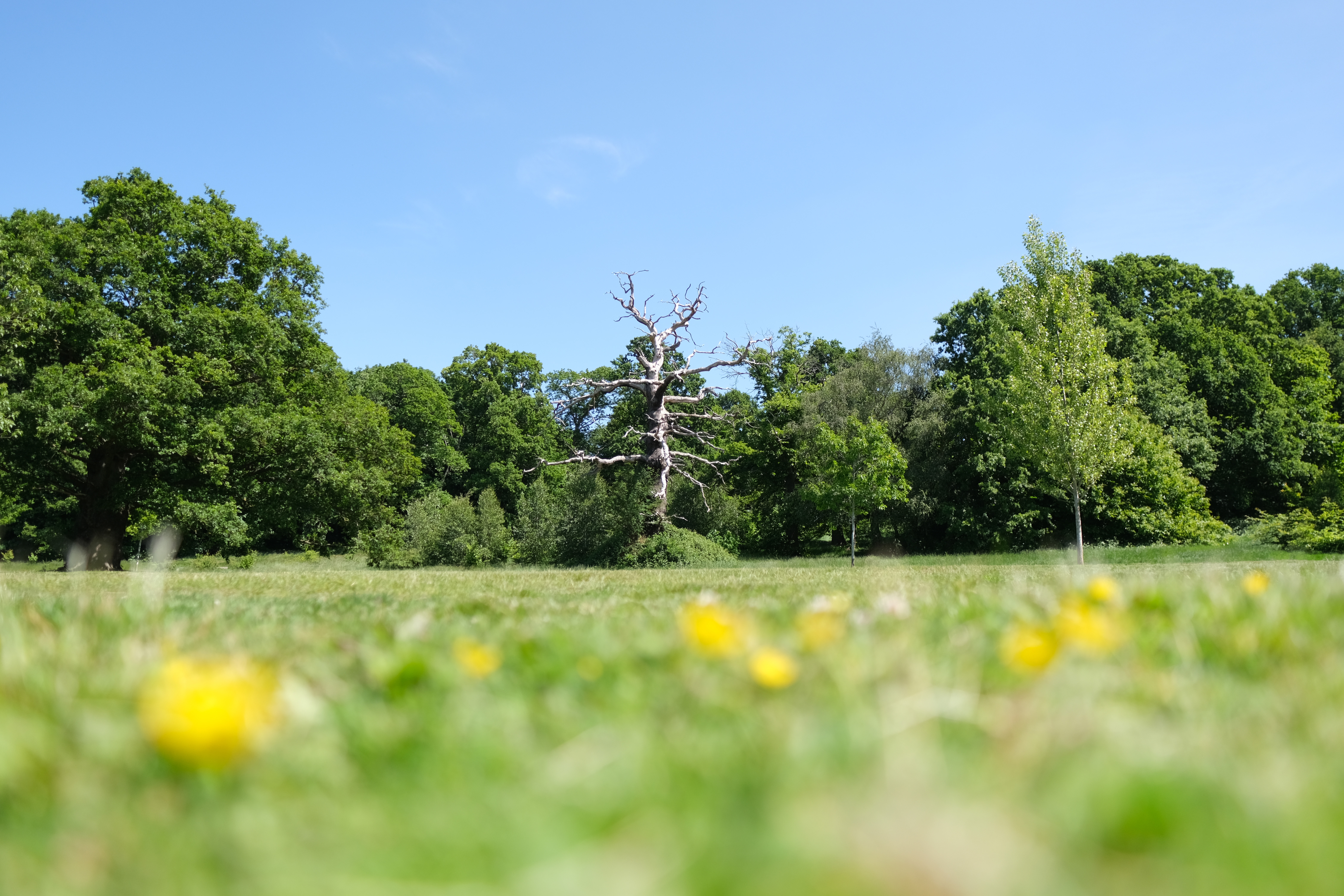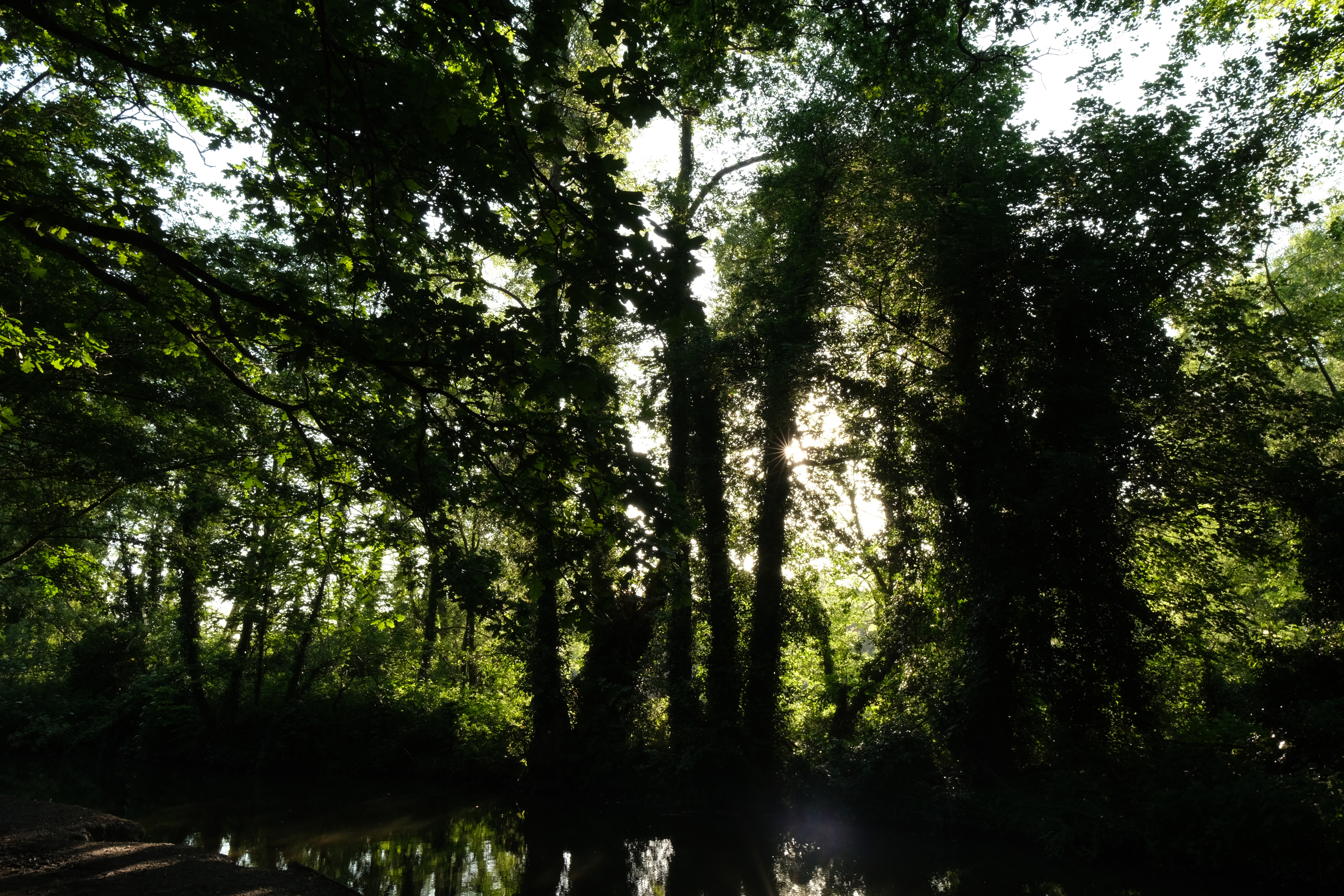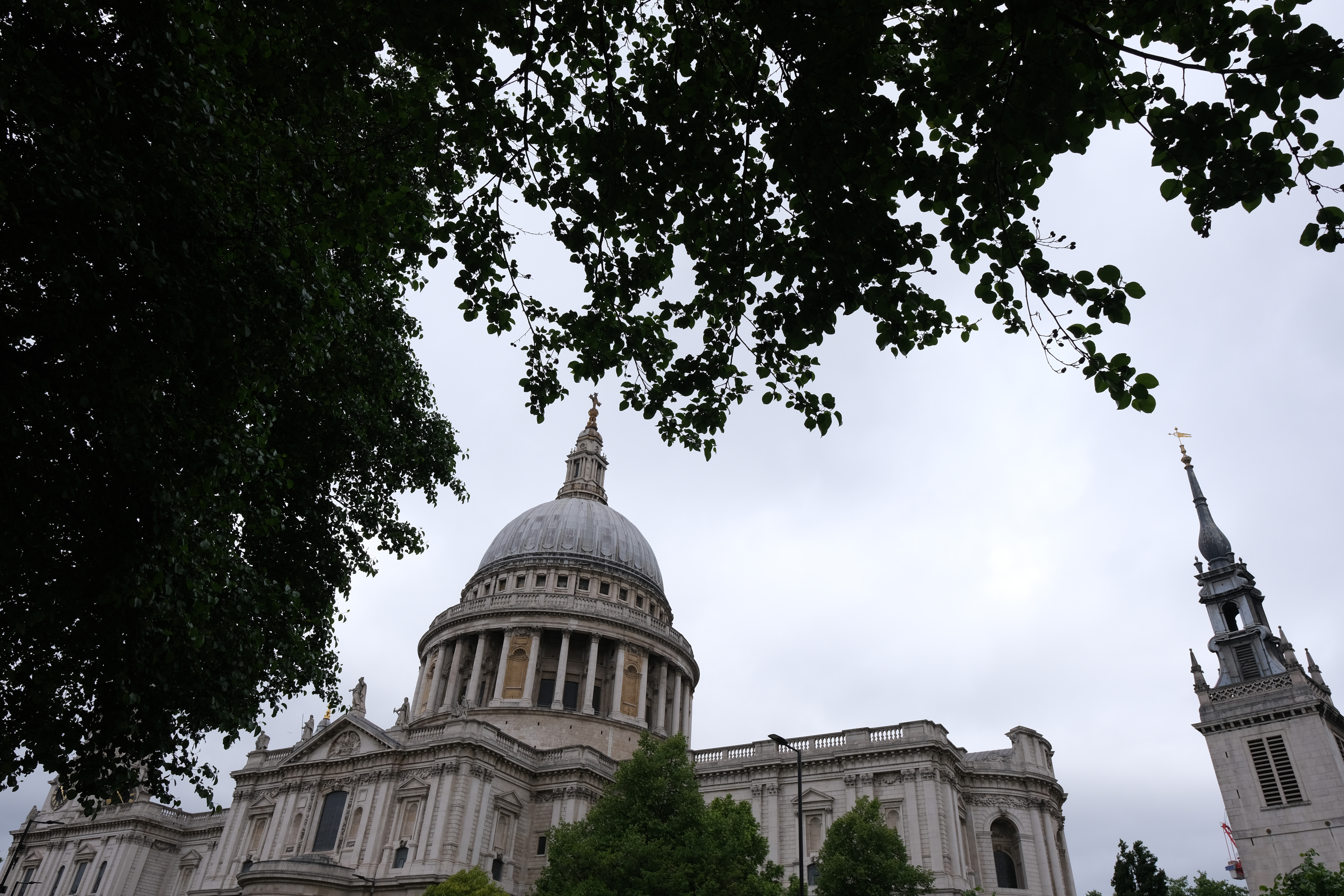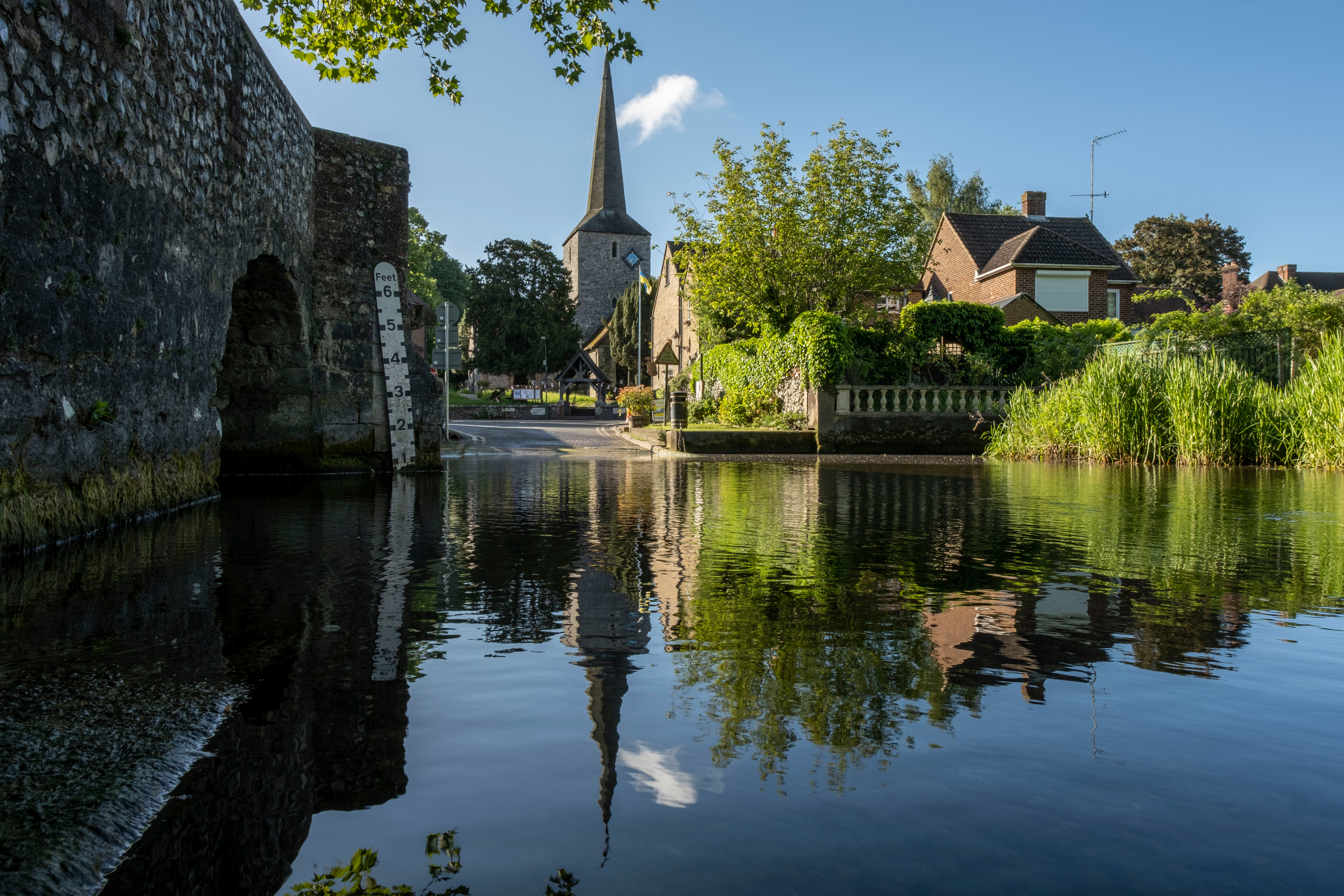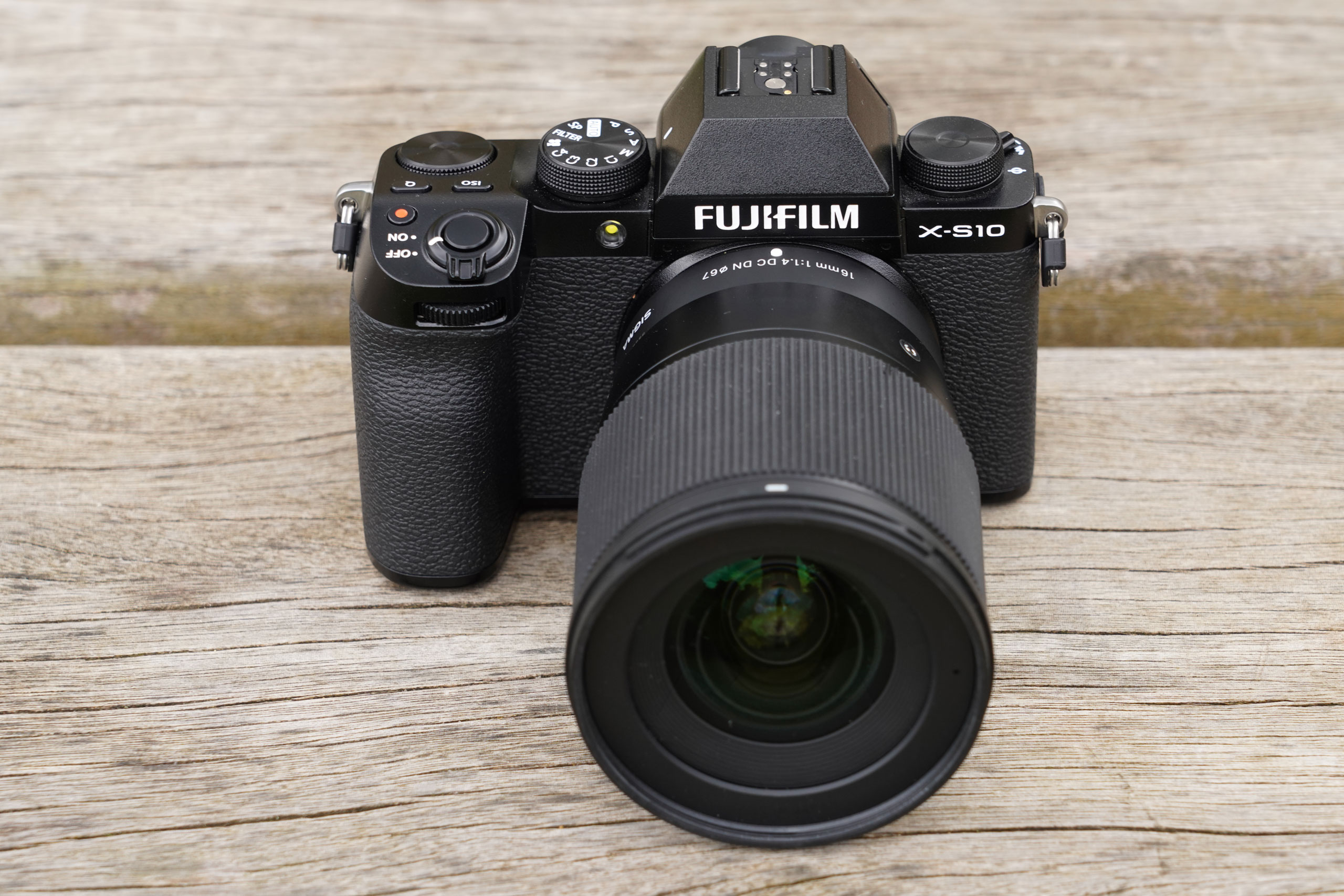In February 2022, Sigma announced its first three lenses for the Fujifilm X Mount. Unsurprisingly, they are reworked versions of the existing Sigma 16mm F1.4 DC DN C, 30mm F1.4 DC DN and 56mm F1.4 DC DN Contemporary optics. These lenses were originally introduced between 2016 and 2018 for Sony E-mount and Micro Four Thirds cameras, and were later made available in both Canon EOS M and Leica L mounts. In April 2023 Sigma announced Z mount availability too (see below).
We have previously reviewed both the 30mm F1.4 DC DN and the 56mm F1.4 DC DN. However, whilst I have personally used the 16mm F1.4 DC DN in Sony mount, we have yet to review it thoroughly. So when the Fujifilm version arrived, what better time to review it and briefly summarise the other two lenses in their Fujifilm incarnations.
Sigma 16mm F1.4 DC DN C Features
Priced at £359, the Sigma 16mm F1.4 DG DN | C is a relatively affordable wide-angle lens that should appeal to entry-level and more seasoned landscape photographers. This X mount version has a field of view equivalent to a 24mm lens on full frame, due to Fujifilm’s X system cameras having APS-C size sensors. It’s the same if you purchase the Sony E and Canon EOS M mount versions. Meanwhile, the smaller sensor used by Micro Four Thirds cameras gives the lens a narrower field of view, equivalent to a 32mm lens on a full-frame camera.
Sigma thankfully keeps its lens designations fairly straightforward. DC denotes that the lens is for crop sensor cameras, while DN reveals that it’s specifically designed for mirrorless cameras. Finally, C stands for Contemporary, Sigma’s standard range of lenses, as opposed to the firm’s higher-end Sports or Art line-ups.
It is worth noting that there is no built-in optical stabilisation. However, with a lens this wide, it shouldn’t be an inconvenience, especially on those Fujifilm X-mount cameras which feature in-body stabilization (namely the X-T4, X-S10, X-H1 and X-H2S).
Optically, the lens is constructed using 16 elements in 13 groups. Amongst the more exotic elements are three FLD (Fluorite Low Dispersion) glass elements and two SLD (Special Low Dispersion) glass elements, which are designed to reduce chromatic aberrations. Two moulded glass aspherical elements help to keep curvilinear distortion to a minimum. These aspherical elements are also said to help minimise the ‘onion skin’ effect in bokeh and keep sagittal coma flare in check, which will be good news for those wanting to shoot astrophotography images.
Sigma 16mm F1.4 DC DN C Build and Handling
The lens is a quite hefty for an APS-C format prime, even taking into account its large f/1.4 aperture. It weighs 405g and measures 92.6mm in length and 72.2mm in diameter, requiring it to have a 67mm filter thread. A plastic lens hood is included, which has a petal shape to account for the wide-angle field of view. Despite its size, though, it pairs nicely with the SLR-style body of the Fujifilm X-S10 that I used to test the lens.
To put the size and weight in context, we need to consider a couple of notable alternatives. First up is the exceptional Fujinon XF 16mm F1.4 R WR, which is around 2cm shorter than the Sigma and slightly lighter, at 375g. The Fujinon also boasts an impressive 15cm close focus distance, 10cm closer than the Sigma, although how useful this is with a wide-angle lens will be entirely up to the photographer. However, the Fujinon 16mm f/1.4 comes at a significant price premium, costing £930.
Also available is the Fujinon XF 16mm F2.8 R WR lens, which is much smaller and lighter than the Sigma f/1.4 optic, at just 45.4mm and 155g. Yet it costs around the same price, at £350, which underscores the Sigma’s impressive value for money.
In terms of construction, Sigma has employed a combination of metal and plastic. Notably, the lens mount itself is made of coated brass and is surrounded by a silicone ring. These combine to offer a tight seal to the camera mount, which keeps dust and moisture out of the camera body and away from the sensor.
Physically, there is no significant difference between this Fujifilm X version and other versions of the lens that we have seen, aside of course from the mount. It has the same simple, elegant design that Sigma adopted almost a decade ago. There is minimal text and branding on the barrel, with just a simple small chrome badge with the letter ‘C’ denoting that this is part of the Sigma Contemporary lens line. There are no buttons either, just a very large focusing ring with a ribbed texture. Unlike most of Fujifilm’s lenses, there’s no aperture ring, so to change this setting you have to use a dial on the camera body.
Autofocus
Overall, autofocus performed well. It snapped in to focus quickly and efficiently with all the speed you need from a wide-angle lens. Perceptually it is slower than a more premium lens, lacking that virtually instantaneous snap that you get from top-of-the-range optics, but that is not to say the lens is slow. It is faster than a 24mm equivalent lens generally needs to be, given that the most likely subject matter will be landscape or travel images.
With your ear to the lens, you can hear the high pitch noise of the AF motors whirring as they move, but in normal use, you won’t. Feel free to photograph a chess match with this lens without being kicked out of the venue. However, if you are videoing a chess match, you may want to check whether your microphone registers the noise – it shouldn’t be an issue, but if you are using a highly sensitive on-camera mic, it may just faintly pick it up.
I had no issues manually focusing. The focus ring is fly-by-wire and turns continuously, responding to the speed at which you rotate the ring. For close-up and landscape work, it is excellent when combined with magnified view. However, for video, it can be a little tricky to do A-B focus pulls due to the non-linear response.
Sigma 16mm F1.4 DC DN C Image Quality
One of my biggest conclusions from reviewing the lens is just how good the performance is across the aperture range. There are, of course, a couple of points of weakness. Generally, the level of detail when shooting wide open is very good, with strong contrast, too. However, when photographing a black and white test chart, you do get a slight colour tint as a result of magenta fringing removal. Stop down to f/2, and this disappears, and the colour is then consistent throughout the range. Of course, this won’t be an issue if you aren’t photographing a high-contrast monochromatic subject.
Even with a test chart, it is hard to pick exactly the sharpest point of the lens. By f/11 and f/16, there is a drop due to diffraction; sharpness drops ever so slightly, and so does contrast along with it. Zooming in to an image to around 200% reveals that f/5.6 is the sharpest aperture, just edging out f/4 and f/8. But the fact I have had to zoom in beyond 100% to see this tells you everything about how fractional the differences are.
Chromatic aberration is well controlled. The usual test of shooting a tree against an overcast sky reveals that there is a hint of purple fringing and its reduction. It is seen most in the very corners when shooting wide open, but stop down to around f/2.8 and it is virtually gone. The edges also look slightly sharper partly due to less chromatic aberration reduction occurring.
Distortion is automatically corrected in software, leaving behind just a little visible barrel distortion. All that is required is the slightest nudge in your raw editing software to correct it fully. Landscape photographers obviously have nothing to worry about in this regard, indeed unless you are photographing geometric shapes, it shouldn’t even be noticeable.
With an f/1.4 aperture, it would be remiss if I didn’t talk about the bokeh. Out-of-focus areas are rendered smoothly with the aspherical lens elements proving to do a good job at preventing the ‘onion skinning’ effect. Shooting a woodland scene at f/1.4 resulted in nice specular highlights, while stopping down to smaller apertures showed the nine rounded aperture blades produce almost perfect circles.
Vignetting is something of a non-issue, given that Fujifilm’s in-camera correction produces images with virtually none. It is slightly visible, shooting wide open, but is all but gone when shooting at f/2.8. It is rather academic as even when shooting wide open, you will be hard pushed to notice it unless you are photographing paint drying on a wall.
Sigma 16mm F1.4 DC DN C for Z Mount
In April 2023, Sigma announced it would be making three of its “Contemporary” prime lenses available for the Nikon Z mount – the first Sigma lenses to do this. Amy Davies spent some time using the new lenses to see how well they work with Nikon Z.
The trio comprised the 16mm F1.4 DC DN C, but also the 30mm F1.4 DC DN C, and the 56mm F1.4 DC DN C. This is now the sixth mount that these lenses have become available in, following the initial introduction for Sony E mount and Micro Four Thirds, followed by Canon EOS M, Leica L and most recently Fujifilm X (which most of this review is based on).
What’s particularly interesting about introducing these models for the Nikon Z mount is that Nikon itself has nothing similar in its own line-up, particularly for the DX (APS-C) models which the lenses are intended to be used with. So, if you want this kind of focal length, then really Sigma is your only option.
The 16mm F1.4 lens gives you an equivalent of 24mm with a DX camera, such as the Nikon Z30, Nikon Z50 or Nikon Zfc. This is a good “standard” walkaround length for typical subjects such as landscape and even street photography work. It’s significantly wider than the closest Nikon DX lens prime lens, which is the Nikkor Z DX 24mm f/1.7 lens, which gives an equivalent focal length of 36mm.
It’s also worth noting that although these lenses are designed for APS-C cameras, you can also use them with full-frame bodies, like the Nikon Z6 II, with the camera automatically switching to crop mode if you do. You might therefore consider it a good alternative to the Nikkor Z 24mm f/1.8 S lens, which costs more than twice that of the Sigma.
We’ve been using the 16mm F1.4 with a Nikon Z30. It’s the biggest lens of the trio, and as such is perhaps a little unbalanced with the small size of this camera which doesn’t have a viewfinder to make it a bit more chunky. It’d probably be a better pairing for the Nikon Z50 or the Nikon Zfc to that end.

The equivalent focal length is 24mm, making it well-suited to landscape and architectural work. Image: Amy Davies

The drop off in focus when shooting at f/1.4 is very pleasant and natural. Image: Amy Davies
Another point to remember here is that the lens doesn’t have inbuilt stabilisation. Although that’s not so much an issue with some manufacturers, such as the several of the Fujifilm models mentioned here, none of the Nikon Z DX cameras include IBIS. Generally, that shouldn’t really be a problem with a lens this wide, but it’s worth bearing in mind if you’re looking to shoot in certain conditions, such as low light or for vlogging for example.
Otherwise, using the lens with a Nikon camera is pretty much identical in experience to using it with one of the other mounts. Focusing is fast, accurate and quiet, making it well-suited to a range of different subjects.
Image quality is similarly great to that already mentioned here with the Fujifilm version. Images display excellent sharpness, fantastic detail and a lovely drop off in focus thanks to the very wide aperture. I’d highly recommend the lens for Nikon Z mount DX users, and even potentially full-frame users too looking for a fast, 24mm lens at a good price. Amy Davies.
Sigma 16mm F1.4 DC DN C Verdict
The Sigma f/1.4 fixed lenses are highly popular amongst those shooting with APS-C and Micro Four Thirds mirrorless cameras, and it is great that Fujifilm users can finally get in on the action. The 16mm F1.4 DC DN lens is a compelling option for those that want an affordable wide-angle that produces great edge-to-edge image quality. It is a lens that I would describe as a workhorse in that it is going to do a great job when you need it, without being a glamorous or headline-grabbing option. The best part is that it is a large aperture lens that most entry-level users will be able to afford, whilst for more demanding users, its image quality exceeds what you would expect for the price.
There really isn’t much that I can fault it on. It lacks optical stabilisation, but that isn’t essential at this focal length. There’s no aperture ring, but that’s forgivable given the price, and it’s easy enough to use a dial on the camera instead. In terms of size and weight the lens is a little larger than you may expect, but in real terms it’s nothing when compared to some of the lenses that photographers carry around. It balances nicely on Fujifilm’s SLR-style mirrorless cameras, and the size and weight are nowhere near enough to put anyone off from buying it.


